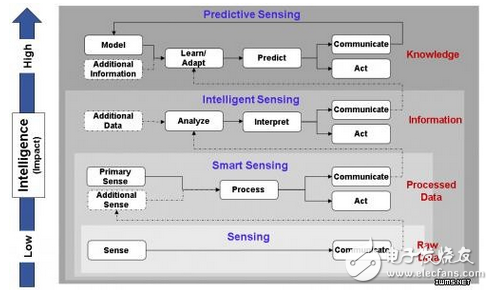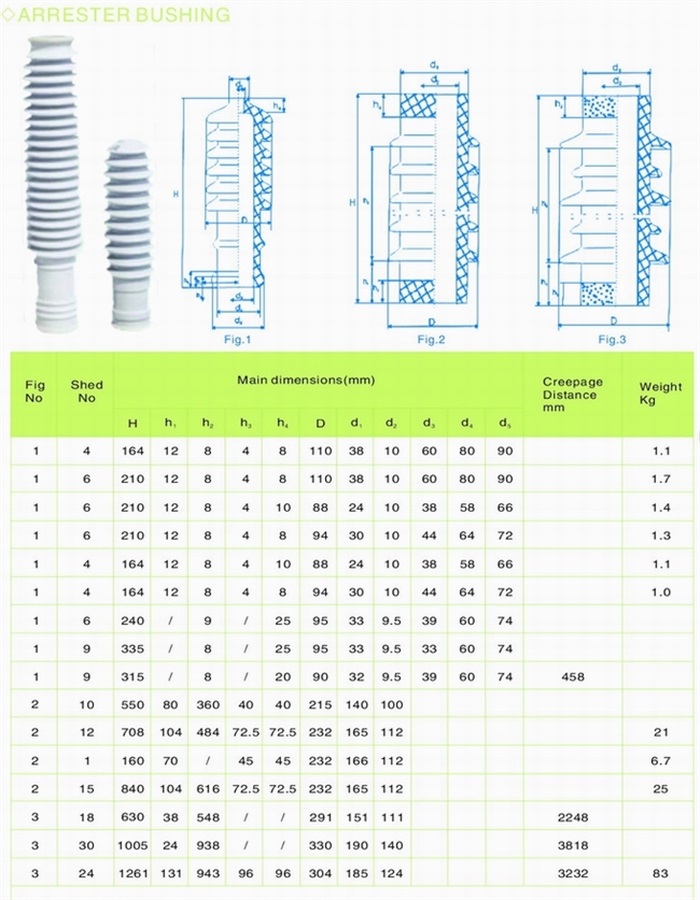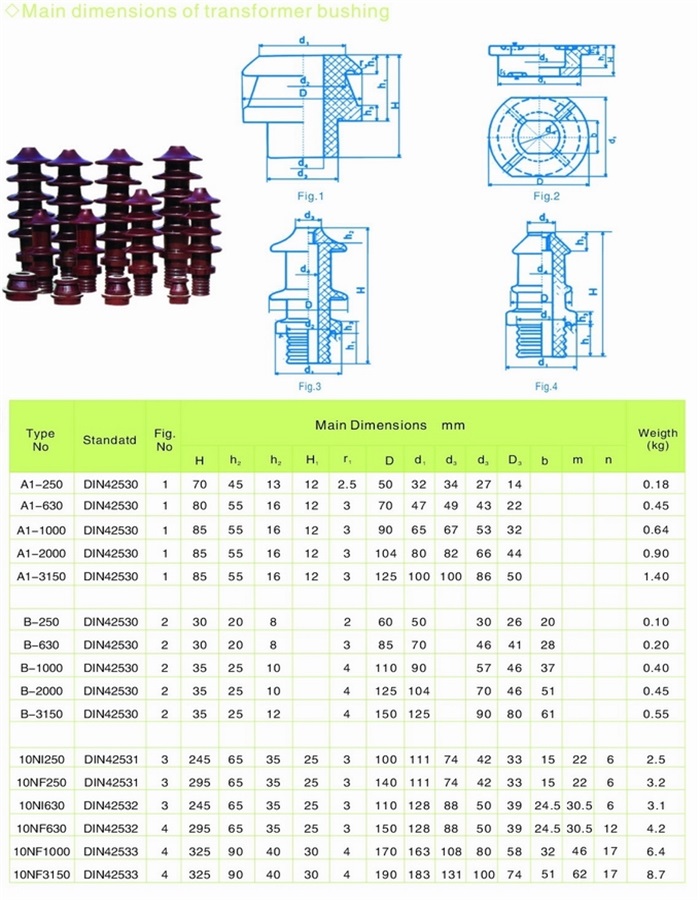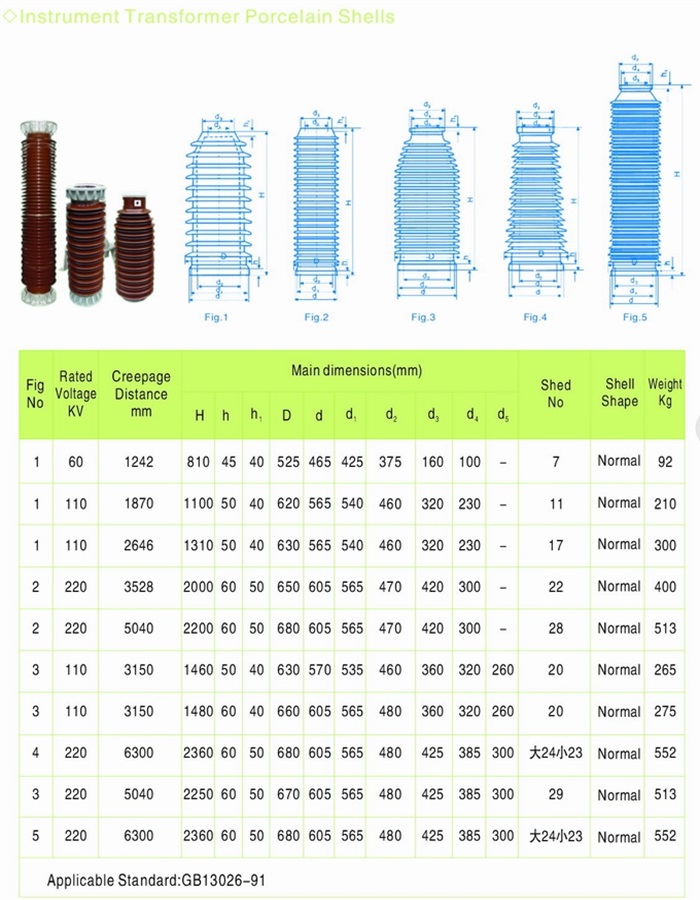The rapid development of the Internet of Things (IoT) has brought huge business opportunities to the sensor market, especially the demand for sensors will be more advanced and diverse. To perceive the elements in the Internet of Things and do the corresponding information processing, provide users with analysis and services, all of which are sensors. So one of the characteristics of the IoT era sensor is diversity. Therefore, in recent years, ADI has introduced light sensors, magnetoresistive sensors, pressure sensors, etc., which are optimized for the types of sensors such as MEMS accelerometers, gyroscopes, IMUs, isolation, temperature, and contacts. On the other hand, it is intelligent. Traditional sensors convert natural signals into electrical signals for digital processing. But in the Internet of Things era, more valuable is data analysis and follow-up services based on this, so the sensor itself needs to be smarter. In order to produce higher added value. For example, for industrial markets, accelerometer products are used for vibration analysis applications. If the chip manufacturer can only provide one accelerometer, it is simply to provide the original data, which is the primary sensing function; the higher level is to signal the original data, digital output, and even provide timing information and frequency domain. Information, so the added value is a little more; the next higher level is for timing and frequency domain information, when there is a problem, give an alarm signal, let the user take immediate action, the added value is higher; the highest level is based on A series of analysis, when the problem has not happened, can predict which component is causing the problem and give the corresponding solution, which is not only to provide hardware solutions, but also software algorithms, and empirical analysis. In order to maximize the value of the sensor, it can be called an intelligent sensor, or a high value-added sensor. In this regard, ADI makes full use of its 50 years of signal conditioning experience, integrating front-end sensors, signal conditioning, digital processing, algorithm analysis, etc. into one device, providing users with "single chip", "ready to use" "solution. For example, ADI's vibration analysis sensor ADIS16228 integrates industrial 3-axis acceleration sensors, signal conditioning, ADC sampling, processor-based FFT analysis, and can provide alarm signals locally based on the analysis results. The last feature is that the indicators are required to be diversified and rigorous. In order to meet the needs of different IoT markets, a variety of indicators are required for sensors. For different applications, an indicator will be required to be the ultimate. For example, sports health monitoring products, users do not want to always think about frequent charging, which requires the sensor's power consumption to be low enough, so that the battery can continue to work for one month, even one year, ten years. For example, industrial automation products, users want control accuracy of centimeters or even millimeters, which requires the sensor's noise to be low enough, the temperature drift is small enough, and the long-term stability is good enough. There are some extreme products for this ADI. For example, for the ADXL362 for sports health monitoring, users want to initiate motion analysis during exercise. When relatively stationary, the system can sleep to save power. To achieve similar functions, the ADXL362 consumes only about 270nA. For button batteries like the CR2032, the ADXL362 can be used for 93 years. Of course, once you enter the state of motion and do motion analysis for walking or running, you need an accelerometer to increase the output data rate. Generally, it is usually about 100Hz. At this time, the power consumption of the ADXL362 is about 1.8uA. There are also products that want to use the click and double-click functions of the accelerometer for human-computer interaction. In this case, a higher acceleration output data rate is required, up to 400 Hz, and even at this time, in the case of a maximum 3.5 V power supply, the ADXL362 The power consumption is only about 5uA. It is precisely because of these ultra-low power performance that some wearable products have achieved a standby time of one month or even one year.
In electric power, Porcelain Bushing is an insulated device that allows an electrical conductor to pass safely through a grounded conducting barrier such as the case of a transformer or circuit breaker. Assortment of small Porcelain Insulator bushings for voltages from a few hundred to a few thousand volts. We offer a complete line of Transformer Porcelain Bushing and bushing assemblies for transformer, switchgear, capacitor and special power apparatus applications. High Voltage Bushing have several products: arrester bushing, capacitor bushing, transformer bushing, transformer porcelain shells.
We warmly welcome friends both domestic and abroad to visit our company, if you have any questions, please contact with us directly.
Porcelain Bushing Porcelain Bushing,High Voltage Bushing,Porcelain Insulator Bushing,Transformer Porcelain Bushing FUZHOU SINGREE IMP.& EXP.CO.,LTD. , https://www.cninsulators.com
Parameter



